Click here for the CCP scheme version
Controls:
To start the engine, go into cockpit view and toggle BATT, MAG1 and MAG2, then press starter.
There's an emergency boost system (Radiator Reheat) on the left corner of the dashboard, use it like WEP.
Flaps will rip at 250 km/h fully deployed and 400 km/h half-deployed.
To the right side are the canopy crank (black) and canopy jettison handle (red).
The aircraft can stall if you pull too hard at low speeds (like on real WW2 era fighters) so be gentle with the stick below 350 km/h.
Stall speed is 150 km/h.
Creator's note:
Heya, this is my first public aircraft as well as the first to incorporate some level of engineering consideration and realism.
I hope you enjoy it's features and flight model!
Below, there will be the lore of the aircraft and the decision made to turn it into what it is today.
At the bottom of the page will be the gallery, I couldn't get the pictures to render directly on the page so it's going to be under the form of clickable links that opens up a jpg file.
There are other aircraft in the pictures and there will be links to them underneath the gallery, go check them and their creators out!
Everything on this aircraft is free to use, if something catches your eyes and you want to reverse engineer it into your own aircraft, you can do so so long as you credit my work. The goal of free to use policy is for every SimplePlanes player to be anle to learn something so that every plane uploaded to this website will be better than the last.
Also, the ROCAF roundels aren't mine, here's a link to them:
Military aircraft insignia by @SSEntwicklungsstelleIV
Origins
The ROCAF's need for better aircrafts existed long before the SY-79's development, starting in August 1937 when the first Japanese soldiers set foot on Shanghai.
While they struggled on the ground, the Japanese fared much better in the skies thanks to an advanced aircraft industry, with waves of G3M Nell and Ki-15/C5M Babs raining bombs over the city, escorted by the first carrier-based low wing monoplane in the world: The A5M Claude
At the time, the A5M was already superior to Chinese aircraft in many ways, such as speed, agility and handling as well as range, only being outclassed by the Chinese fighters in firepower and protection.
The Chinese didn't have an aircraft industry, relying on foreign equipment, their fighter squadron's made up of Hawk II and III, CR.32 and P-26 Peashooter early in the war.
The archaic biplanes barely held up against the A5M, although they did better against the G3M, and the P-26 could only stalemate the A5M.
Then, as the attrition of battle started to deplete the ROCAF's numbers critically low, the Sino-Soviet pact came into action, shipping I-15bis and I-16 as well as Soviet pilots under the Soviet Volunteer Group. These new aircrafts, while even more capricious than the previous ones, were able to compete with the A5M and G3M and stabilized the air war from 1937 to 1939.
After the capture of Nanjing, the capital was moved to Chongqing and the IJNAS (Imperial Japanese Navy Air Service) and IJAAS (Imperial Japanese Army Air Service) would start a terror bombing campaign under joint operations to try and coerce the Chinese into peace negotiations.
Without giving a penny to the Japanese, the Chinese defended Chongqing from the incessant bombing raids using their I-15bis and I-16, but soon, the G3M2 Model 22 entered service, with supercharged engines providing an additional 500 horsepower, allowing them to climb ever higher and out of reach of the Chinese fighters which were also running on low octane fuel, hampering their performance even further.
The final blow was delivered when what is considered to be the most modern fighter of the time was introduced, a state-of-the-art aircraft that would prove to be the end of many, one that would become infamously known as the Zero.
September 13th 1940 saw the A6M2a Model 11's baptism of fire as 27 G3M on their way to bomb Chongqing, escorted by 13 of the new Type 0 Carrier Fighter, were engaged by 34 Polikarpov (exact number unknown, 34 is the most common number I found while doing my research, and the ratio of I-15/I-16 is also unknown) over the city.
The half an hour battle was merciless as the now outdated Polikarpov were no match for the Zero's agility, speed and handling, all Japanese aircraft involved in that battle returning to base safely.
The Japanese claim 27 kills on the Polikarpov, and at least 13 losses were confirmed by the Chinese.
From this point onwards, the Chinese attempted to avoid any direct confrontation against the A6M2a Model 11, whose performance during that battle sent it straight into production as the A6M2b Model 21 (with a tailhook and foldable wingtips for carrier operations), giving the Japanese air supremacy over the Chinese skies.
Design and Development
Following the catastrophic events from the Zero's introduction and with the continuous bombing raids on Chongqing, there was a growing need for a high performance fighter-interceptor, one that no other Allied countries had.
Therefore, it was decided to distribute calls for tender, with a contract for production as reward. It was also an initiative to develop China's aircraft industry and become independent from foreign technologies.
Taking into account the experiences of the Flying Tigers against the much more nimble and agile Japanese fighters, the specifications for the new fighter-interceptor was centered around speed, climb rate, armament and ease of maintenance and operation.
It was to have a top speed exceeding 600 km/h on the deck, climb to 7000m in 5 minutes or less (climb rate of 23 m/s), an armament of at least 4×20mm ShVAKs autocannons or 6×12.7mm M2 Browning and a design simple enough to be mass-produced cheaply and be repaired on the field.
This meant that a radial engine was mandatory as they are simpler (for maintenance) and more rugged than inline liquid cooled engines.
The aircraft was also to have docile flight characteristics to avoid accidents and pilot error during dogfights.
To meet these requirements, the minimum combat range (full power, round trip) was to be only 500km as it was intended to be a defensive asset. However, armor sacrifice was forbidden as any loss to attrition would be costly to China's fragile aircraft industry, with the engine and the pilot being the most valuable part of the aircraft, and therefore, required to be the most protected.
Fuel tanks were also to be self-sealing to prevent fires.
The engine's War Emergency Power (WEP) setting was to be removed to avoid shortening the lifespan of the engine and if possible, be replaced by another system that would allow temporary boost in emergencies without impact on the engine's lifetime.
Finally, the aircraft was to be operable from a 500m runway with minimal preparations (dirt/grass somewhat flat terrain) and be able to withstand a 4.5m/s sink rate landing.
Without adequate engines however, it wasn't until 1943 that a design meeting those requirements was submitted.
The prototype, internal designation Prototype Model 79, could be powered by two different engines, the Soviet Shvetsov ASh-82FN (with the single-stage two-speed supercharger replaced by a two-stage two-speed one for high altitude performance retention) or the American Double Wasp 2SB-G, needing only the engine mounts to be swapped out for either engines; and was armed with 4×20mm ShVAKs autocannons for heavy firepower complemented by 4×12.7mm M2 Browning for trigger time.
The submitted design had a smooth, teardrop shaped fuselage to minimize drag with a unique wing design that combined the advantages of an elliptical wing and a tapered one without their disadvantages by splitting the wings into two parts and attributing them different straight leading and trailing edge angles. (aerodynamics and large surface area of the elliptical wing, ease of manufacture of the tapered wing)
The ailerons were also fitted with horns to counteract the oncoming airflow pushing the ailerons back down when actuated in order to minimize control compression, allowing an excellent roll rate at all speeds, especially higher up to exploit the A6M Zero's weakness where it's ailerons lose effectiveness at high speeds.
The fuselage surrounded two large capacity fuel tanks for a total of around 800L, giving the SY-79 over 1500km of combat range, 3 times the required amount.
(That's in reality anyways, in SimplePlanes, the fuel consumption is way higher so the aircraft actually flies only 500km in-game...)
The engine was surrounded by an aerodynamic, tight fitting cowling without cowl flaps (as they were opened most of the time anyways, causing drag, so they were removed instead and the gap between the engine cowling and fuselage was widened to keep an adequate cooling of the engine while conserving the teardrop shape of the fuselage and reducing pilot workload) with individual exhaust stack aimed aft to provide a small amount of additional thrust.
Oil radiators were situated under the wings with supercharger intake on the outer side of each radiator, linked to the supercharger through internal ducting.
The oil radiators have flaps to control outflow velocity in order to take advantage of the Meredith effect where the waste heat carried by hot engine oil in the intercooler heats up the air passing through and causes it to expand, then channeling that expansion rearwards to produce thrust and offset radiator drag.
Another feature of the radiator is an emergency setting that injects fuel in the hot air just aft of the intercooler, igniting it and providing a boost in thrust (working on the same principle of an afterburner and a ramjet engine except it's much less efficient due to being very early iterations of such concepts) that can be used to escape or climb faster, thereby replacing the WEP setting of the engine.
Moving onto the cockpit, it was enclosed in a bubble canopy that gave excellent all-around visibility, the high and forward position of the pilot also gave great over-the-nose visibility.
The cockpit had 9 large gauges in the center section, the 6 upper ones specifically displaying useful information for dogfights while the 3 lower ones that require to look down are for navigation.
A set of backup instruments are installed on the top right corner of the dashboard, below which are the engine instruments (inoperable in this aircraft, for decorative purposes).
Just left of the center section are ammo counters for the 12.7mm and 20mm as well as the weapon selector.
Further left is the switch for the radiator reheat and a gauge that displays fuel flow and therefore, the power of the boost.
(Boost power increases with airspeed)
Each sections were separated from one another with yellow lights that acted as dashlines during the day and as cockpit light in less luminous conditions.
Below everything were the battery, light and magneto switches and further down was the starter button and the landing gear handle.
On the left-hand side was the flap and throttle control with mixture, propeller pitch and supercharger controls being automated.
On the right-hand side was the canopy crank and it's emergency jettisoning system.
The prototype impressed the evaluators, not only by it's flight performance and armament but also by it's ease of operation with very low pilot workload and excellent situational awareness and the aircraft was ordered into production as the Type 43 Fighter in formal designation although it was still better known by it's internal designation SY-79.
Pilots gave it the nickname 'Phoenix' due to it's glowing reheat flames under the wings as well as the symbolization of the ROCAF's rebirth.
Flight Performance
The SY-79 could achieve a top speed of 630 km/h on the deck (700 with the radiator reheat), a climb rate of 27-30m/s (at 230 and 320 km/h climb speed), a sustained turn rate of 22°/s and an instantaneous one at 34°/s.
It had a takeoff speed of 160 km/h, a landing speed of 150 km/h and a stall speed of 135-150 km/h depending on conditions (for safety reasons, always assume the stall speed to be 150 km/h).
Features
Exhaust flames visible in low luminosity conditions
Flap will rip above a certain speed (400 km/h at 1/2 flaps, 250 at full flaps)
Canopy opening and jettison, controllable from the cockpit
Radiator Reheat, switch in the cockpit, works from 250 km/h IAS, boost increases with airspeed.
Engine start sequence (rather simple, turn on the battery, then the magnetos, and press the starter)
Camera movement to simulate G-Force and camera shake to simulate pre-stall buffeting at high AoA
Aircraft will stall if you pull too hard on the stick at low speed (also, if you pitch up hard with flaps out, the aircraft might depart into some kind of post-stall maneuver which isn't an intentional design choice but happens because the horizontal stabilizer stalls before the main wing and causes the center of lift to shift forward of the center of gravity, making it temporarily aerodynamically unstable, to get out of this, retract the flaps, push throttle to 100% and apply rudder as if you are in a flatspin, as soon as the aircraft shows signs of recovery, push down on the stick and you should get out of it, once back into flight envelope, pull up from the dive before crashing on the ground)
Gallery
Turn up brightness for best experience
G3M being shot down by a SY-79, outside POV
Recolored image, Unknown location, 1943, plausibly photographed by Asahi Shimbun reporters, later retrieved from the wreck.
G3M being shot down by a SY-79, inside POV
Same aircrafts as above, from a different angle, also believed to have been filmed by an Asahi Shimbun reporter, later retrieved from the wreckage.
Gun camera footage of a SY-79 shooting down a Ki-21 during a night bombing run over Chongqing, 1943
SY-79 flying in the sunset, unknown date and location
A SY-79 stationed at Kunming, 1944
Cockpit of a SY-79, Kunming, 1944
A6M2b Model 21 moments from being shot down
Same as above, cockpit view from the Zero's POV
Ki-43 being shot down by a SY-79
G3M being fired upon by a SY-79
Ki-21 critically hit by a SY-79 during a nighttime bombing run over Chongqing
Ki-21 intercepted by SY-79 at night
Aircraft used in the pictures:
Specifications
Spotlights
- tiltglory 6 months ago
General Characteristics
- Created On Android
- Wingspan 36.0ft (11.0m)
- Length 34.4ft (10.5m)
- Height 12.2ft (3.7m)
- Empty Weight 5,960lbs (2,703kg)
- Loaded Weight 7,378lbs (3,346kg)
Performance
- Power/Weight Ratio 0.182
- Horse Power/Weight Ratio 0.082
- Wing Loading 26.5lbs/ft2 (129.2kg/m2)
- Wing Area 278.7ft2 (25.9m2)
- Drag Points 241
Parts
- Number of Parts 423
- Control Surfaces 5
- Performance Cost 2,036


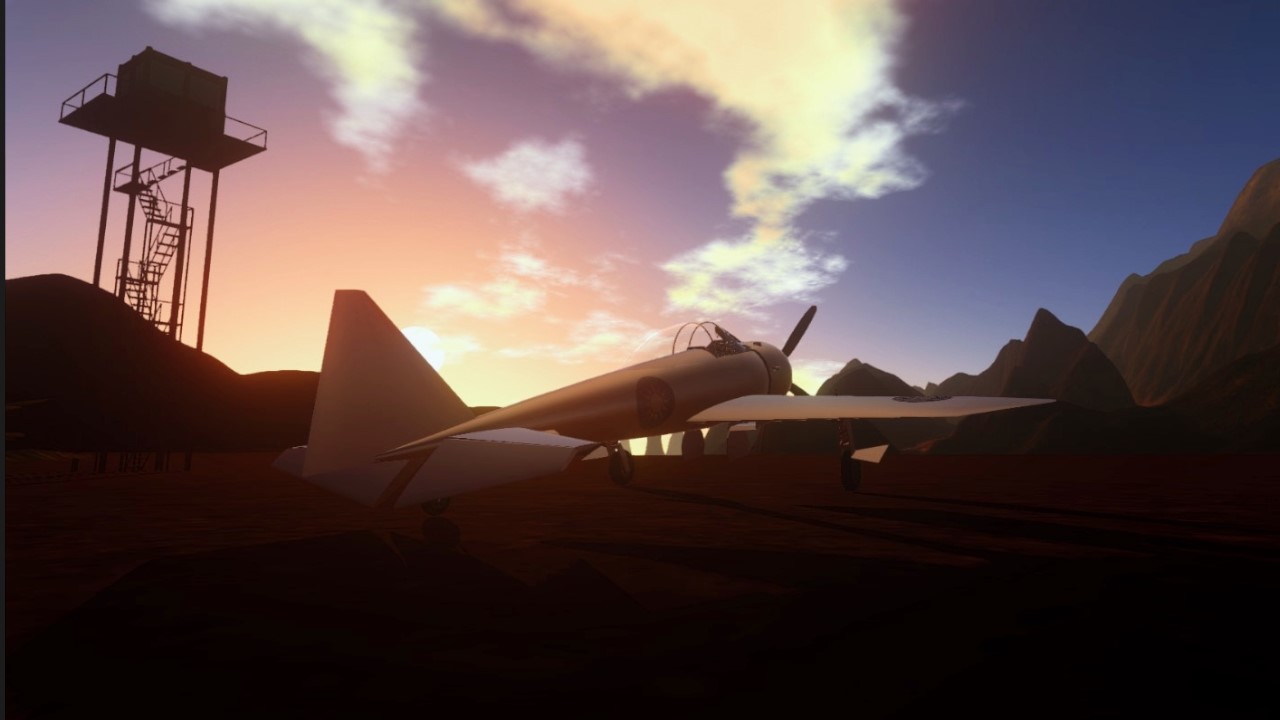
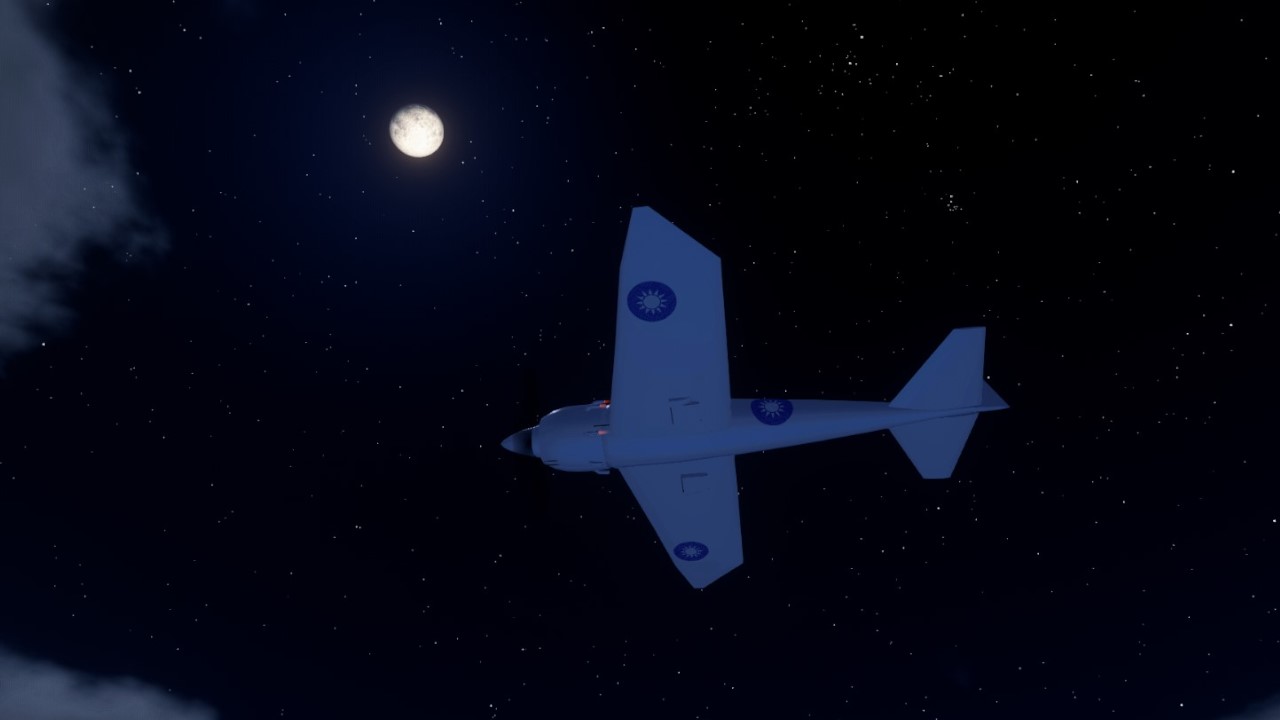
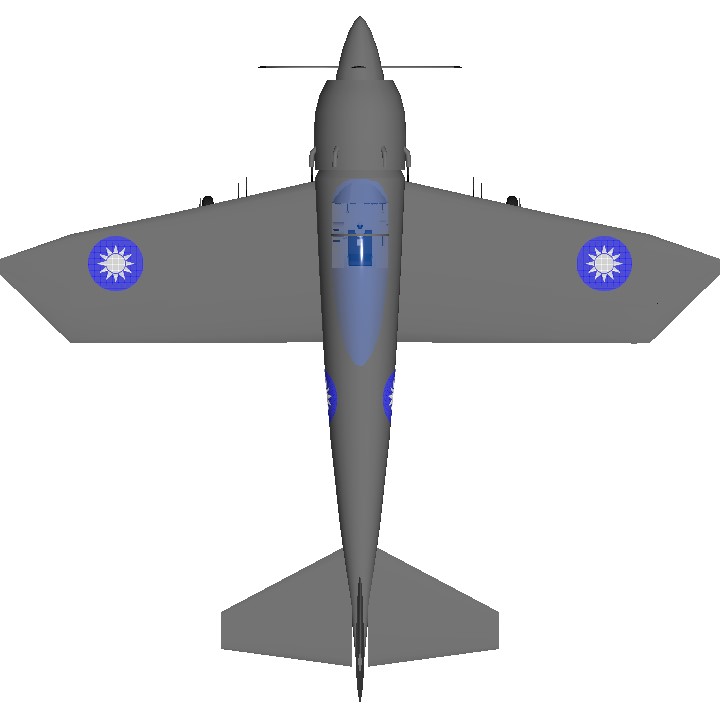
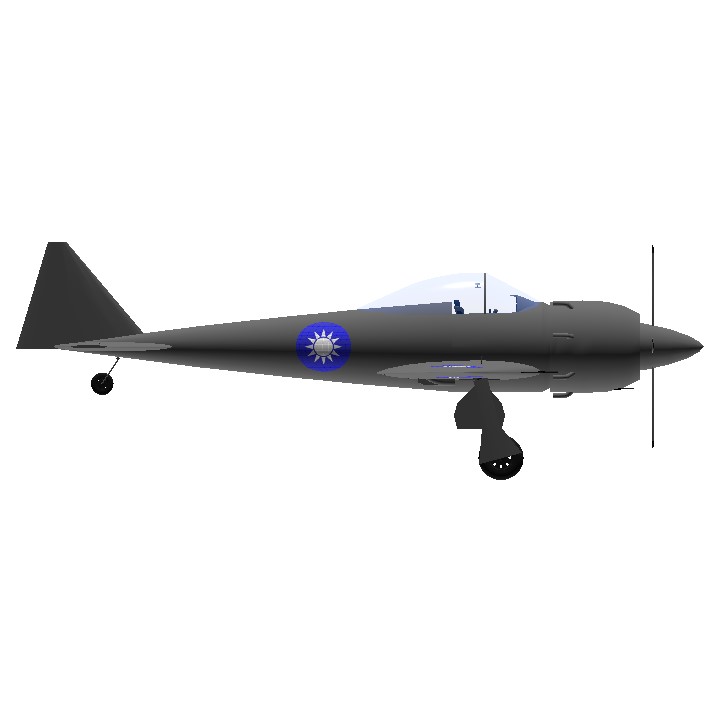
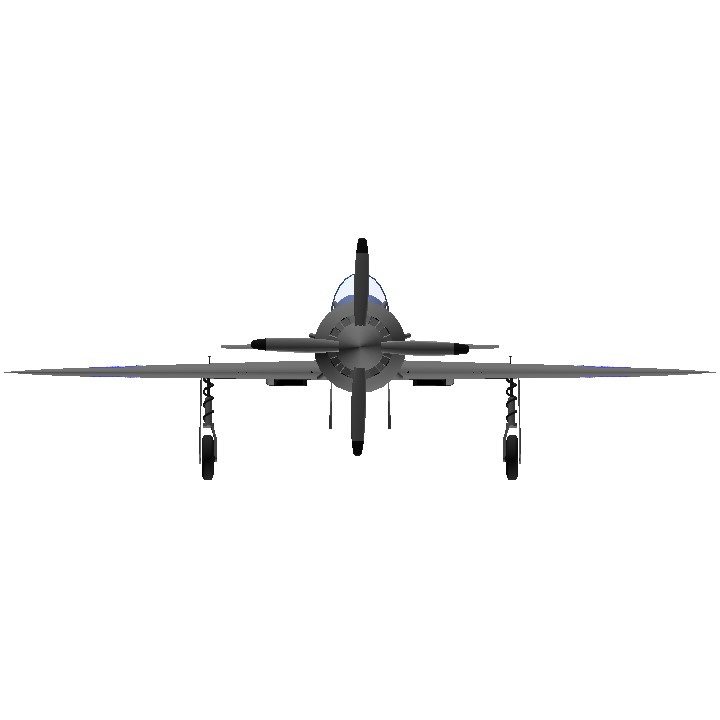
@qwetyijgf123 你误会了,我没有被冒犯,别担心,享受这款战斗机!
@WingsFlyJet 我没有恶意,我为我的冒犯感到抱歉
@qwetyijgf123 What do you mean? KMT? If that's what you're referring to, then yes, KMT means Kuomintang, if you'd rather have the Communist Party's version, copy this link: https://www.simpleplanes.com/a/0qrejO/SY-79-Phoenix-CCP
@tiltglory Thanks so much for the support, I appreciate it!
sooo underrated, it shows a lot of work went into this! Amazing and detailed plane mate!
@Mitterbin Thanks, this means a lot to me!
look cool